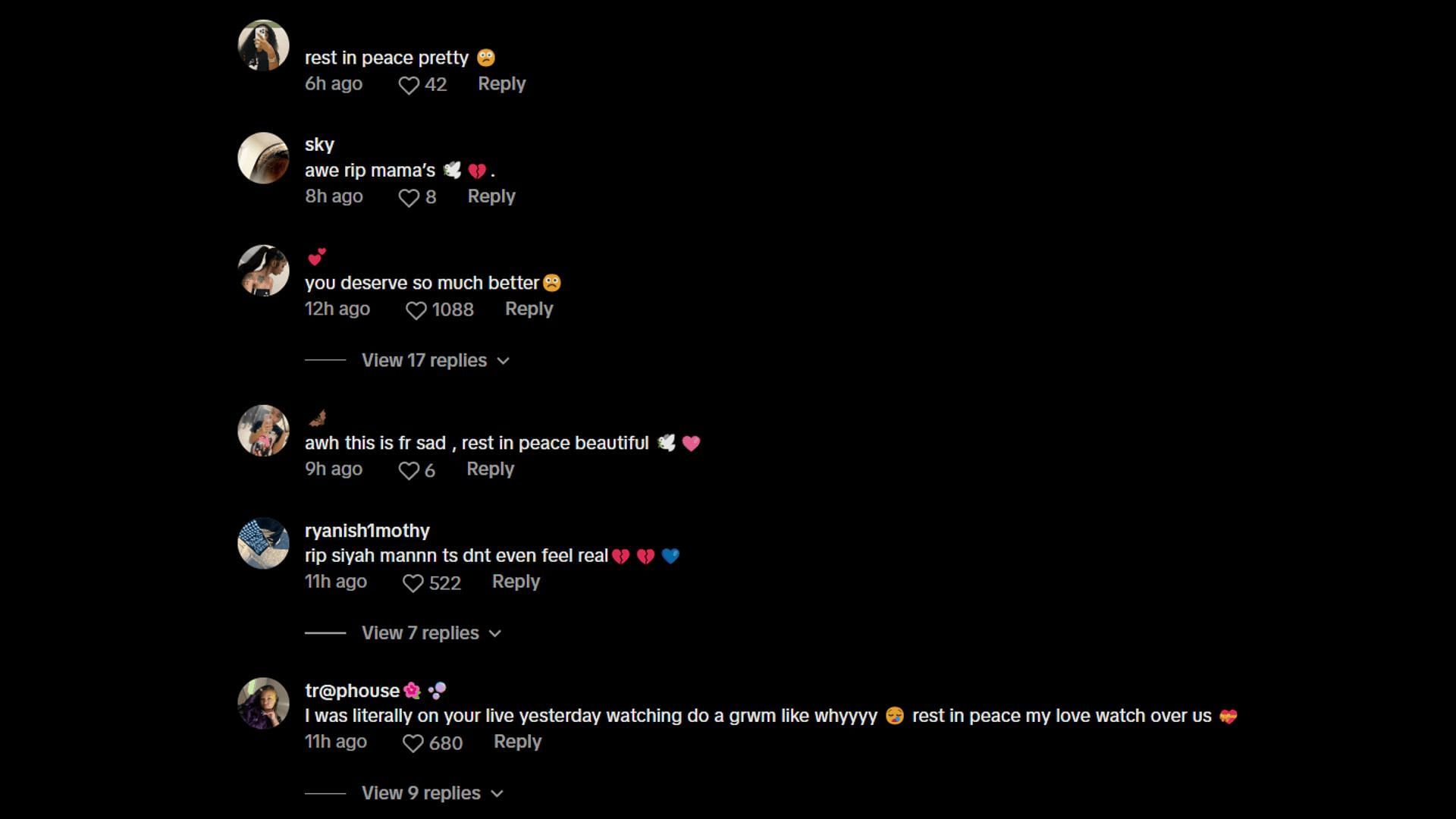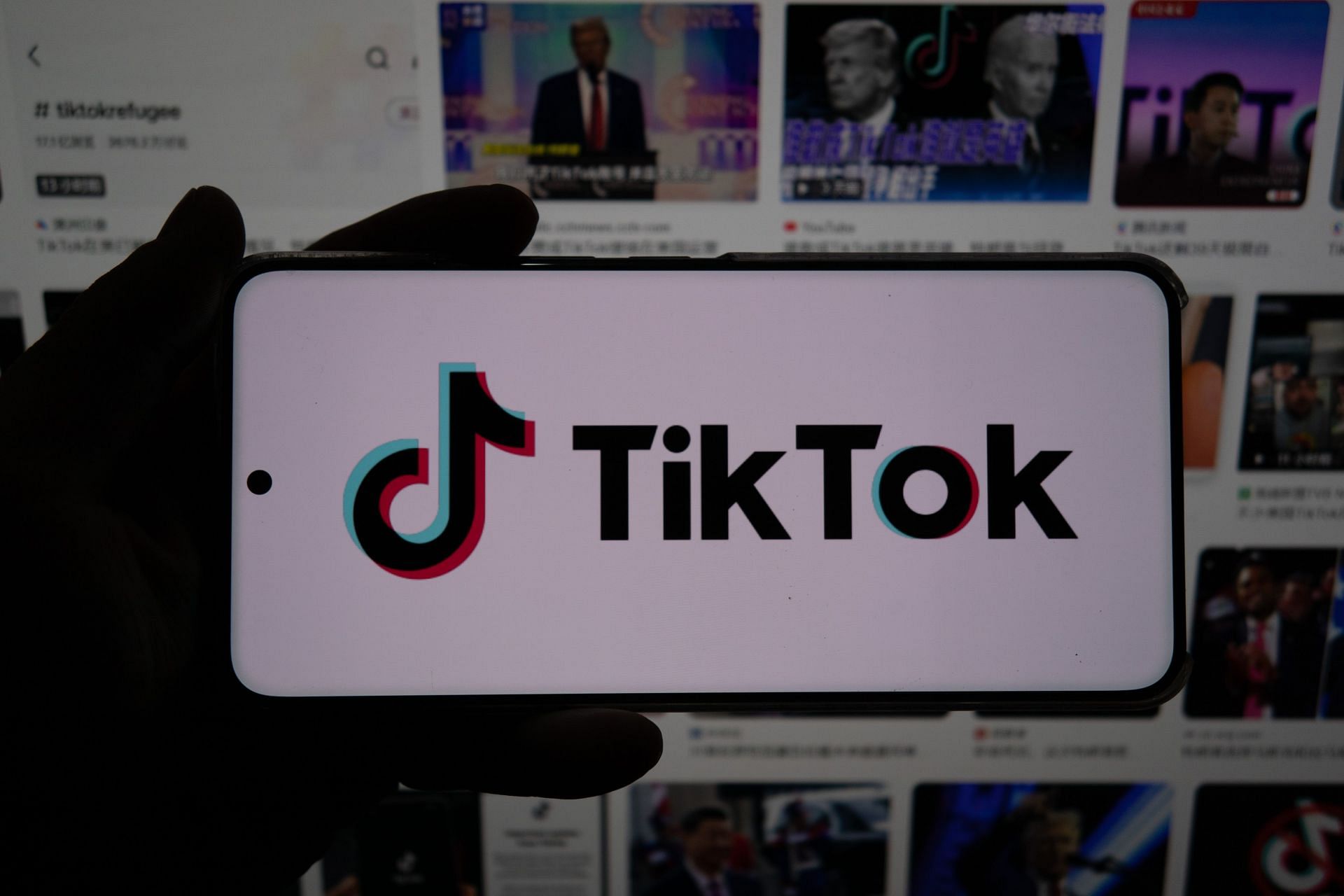Hey there, folks. You’ve probably heard about TikTok, right? It’s the app where creativity meets fun, but today we’re diving into something serious that’s been making waves online—siyah TikTok death. Yeah, you read that right. While TikTok is known for its lighthearted content, there’s a darker side to this digital world that we need to talk about. This isn’t just another viral trend; it’s a wake-up call for everyone who spends hours scrolling through those addictive videos.
So, what exactly is siyah TikTok death? Well, buckle up because it’s not as straightforward as it sounds. This phenomenon has sparked debates worldwide, raising questions about internet safety, mental health, and even the ethics of social media platforms. If you’re curious about the truth behind the headlines, you’re in the right place. We’re breaking it all down for you, no sugarcoating included.
Before we dive deeper, let’s set the stage. TikTok has over a billion active users globally, and it’s growing faster than ever. But with great power comes great responsibility—and sometimes tragedy. In this article, we’ll explore the facts, myths, and everything in between. So grab your favorite drink, get comfy, and let’s uncover the truth together.
- Understanding A Ramen Noodle Recall Brand Safety First
- Unveiling Hazel Moder Goddess Folklore Amp More Guide
What is Sihah TikTok Death?
Alright, let’s cut to the chase. Sihah TikTok death refers to incidents where users, especially younger ones, have reportedly lost their lives due to dangerous challenges or stunts inspired by TikTok videos. Now, I know what you’re thinking—how could something so fun turn deadly? Well, it’s all about context. While most TikTok content is harmless, there’s always a risk when users push boundaries too far.
Some of these challenges involve risky physical activities, while others may have psychological implications. For instance, there have been reports of “blackout challenges” or “choking games” gaining traction on the platform. These aren’t just harmless pranks; they’re dangerous behaviors that can lead to serious consequences. And unfortunately, some users have paid the ultimate price.
Understanding the Phenomenon
Let’s break it down further. Why do these trends catch on so quickly? It’s simple—TikTok thrives on engagement. The more likes, shares, and comments a video gets, the more visibility it receives. This creates a feedback loop where users feel pressured to outdo each other, sometimes at the cost of their safety.
- Decoding Im So Julia The Real Meaning Amp Why It Matters
- Ramen Recall Alert Are Ramen Noodles Safe To Eat Today
Here’s a quick rundown of why this happens:
- Peer Pressure: Young users often feel the need to fit in or prove themselves.
- Algorithm Influence: TikTok’s algorithm promotes content that generates high engagement, even if it’s controversial.
- Lack of Awareness: Many users don’t realize the potential dangers until it’s too late.
Statistics and Facts About TikTok Death
Now, let’s talk numbers. According to a report by the World Health Organization, accidental deaths among teenagers have risen significantly in recent years, with social media challenges playing a role in some cases. In 2022 alone, there were several high-profile incidents involving TikTok-related stunts gone wrong.
Here are some eye-opening stats:
- Over 50% of TikTok users are under the age of 30.
- Approximately 20% of teens admit to participating in risky online challenges.
- Studies suggest that social media platforms like TikTok contribute to increased anxiety and stress levels in young users.
These numbers paint a worrying picture, but they also highlight the importance of education and awareness. It’s not just about banning certain content; it’s about teaching users how to navigate the digital world safely.
The Role of TikTok in Mental Health
TikTok isn’t just about dancing and memes. For many users, it’s a source of connection and community. However, it can also be a double-edged sword when it comes to mental health. Research shows that excessive use of social media platforms can lead to feelings of inadequacy, depression, and anxiety.
Here’s how TikTok affects mental health:
- Comparison culture: Users often compare themselves to others, leading to low self-esteem.
- Pressure to perform: The need to create viral content can be overwhelming.
- Isolation: Ironically, excessive use of social media can lead to feelings of loneliness.
It’s important to note that TikTok isn’t solely responsible for these issues. However, its massive reach and influence make it a significant player in the conversation about digital well-being.
Case Studies: Real-Life Examples
To better understand the impact of TikTok death, let’s look at a few real-life examples. These stories are both tragic and eye-opening, serving as a reminder of the importance of responsible social media use.
Case 1: In 2021, a teenager from India reportedly lost their life while attempting a viral stunt. The video, which involved jumping off a moving vehicle, quickly went viral and sparked outrage across the country. Authorities later urged TikTok to take stricter measures to prevent such incidents.
Case 2: Another incident involved a group of friends who participated in a “blackout challenge,” unaware of the potential dangers. While most survived with minor injuries, one individual suffered severe brain damage. This case highlighted the need for better education about the risks associated with online challenges.
Preventing TikTok Death: What Can Be Done?
Now that we’ve covered the facts, let’s talk solutions. Preventing TikTok death isn’t just about banning dangerous content; it’s about creating a safer digital environment for everyone. Here are some steps that can be taken:
- Platform Responsibility: TikTok needs to invest in better moderation tools and algorithms to flag harmful content before it spreads.
- User Education: Schools and parents should play a role in teaching kids about internet safety and critical thinking.
- Community Support: Encourage open conversations about mental health and the impact of social media.
It’s a collective effort, and everyone has a part to play. By working together, we can create a safer online space for future generations.
TikTok’s Response to the Issue
TikTok hasn’t been idle in addressing these concerns. The platform has implemented several measures to curb the spread of harmful content. For instance, they’ve introduced stricter guidelines for creators and partnered with mental health organizations to provide resources for users in need.
However, critics argue that more needs to be done. Some suggest that TikTok should implement age restrictions for certain types of content or provide warnings before users engage in potentially dangerous activities. While these ideas are promising, they’re not foolproof. Ultimately, the responsibility lies with both the platform and its users.
Parental Involvement: A Key Factor
Parents play a crucial role in ensuring their children’s safety online. But let’s face it—keeping up with the latest trends can be challenging. That’s why communication is key. By staying informed and having open discussions with their kids, parents can help mitigate the risks associated with TikTok death.
Here are some tips for parents:
- Monitor screen time and encourage balanced use of technology.
- Teach kids to think critically about the content they consume and create.
- Encourage offline activities and hobbies to promote a healthy lifestyle.
Remember, it’s not about restricting access—it’s about guiding and supporting young users as they navigate the digital world.
Legal Implications and Future Steps
The issue of TikTok death has also raised legal questions. Should platforms like TikTok be held accountable for user-generated content? Some experts argue that they should, while others believe it’s up to individuals to exercise caution. Regardless of where you stand, one thing is clear: the conversation needs to continue.
In the future, we may see stricter regulations governing social media platforms. Governments around the world are already exploring ways to hold tech companies accountable for the content they host. While these measures won’t eliminate all risks, they could help reduce the incidence of tragic events like TikTok death.
What Does the Future Hold?
Looking ahead, the focus should be on fostering a culture of responsibility and accountability. This means empowering users to make informed decisions, encouraging platforms to prioritize safety, and promoting collaboration between stakeholders. By doing so, we can ensure that TikTok remains a place of creativity and connection rather than danger and despair.
Conclusion: Taking Action
So, there you have it—a deep dive into the world of TikTok death. While the phenomenon is alarming, it’s also an opportunity for growth and learning. By understanding the causes and effects, we can take meaningful steps toward creating a safer digital environment.
Here’s a quick recap of what we’ve covered:
- TikTok death refers to incidents where users have lost their lives due to dangerous challenges or stunts.
- Social media platforms like TikTok have a significant impact on mental health and behavior.
- Prevention involves a combination of platform responsibility, user education, and parental involvement.
Now it’s your turn to take action. Whether you’re a parent, educator, or simply someone who cares about online safety, there’s something you can do to make a difference. Share this article with your friends and family, start conversations, and most importantly, stay informed.
And hey, if you’ve got thoughts or questions, drop them in the comments below. Let’s keep the dialogue going and work together to create a safer digital world for everyone.
Table of Contents
Statistics and Facts About TikTok Death
Case Studies: Real-Life Examples
The Role of TikTok in Mental Health
TikTok’s Response to the Issue
Preventing TikTok Death: What Can Be Done?
Parental Involvement: A Key Factor
- Breaking Down The Sondra Blust Leak What Really Happened
- Maya Pryces Career What Does Maya Pryce Do In 2024


